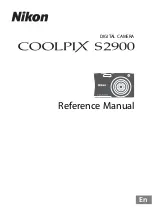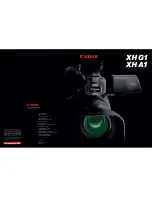
14
Quic
k
Over
vie
w
E
Notes:
• Do not interfere with the compartment while it is opening or closing automatically.
• After loading a cassette, use record search (p. 38) to find the point where you want to start
recording.
• Do not leave the cassette in the camera after use — return it to its case and store it in a cool,
clean, dry place.
• The holes in the back of the cassette are used for transferring information — do not cover them.
Handling cassettes
• To protect the tape heads, transfer cassettes directly from the tape case to the camcorder – do
not open the tape protect cover or touch the tape itself.
• Do not use cassettes where the tape has been damaged or rejoined – they may damage the
camcorder.
• Do not insert anything into the small holes on the cassette or cover them with cellophane tape.
• Handle cassettes with care – dropping them or exposing them to external shocks may cause
internal damage.
• Store cassettes in the provided case, rewinding them to the start of the tape first, and then
storing them upright.
To record or play back in the Hi8 format, you need both a Hi8 camcorder and a Hi8 cassette (you
can use either Metal-P or Metal-E Hi8 cassettes).
A Hi8 camcorder can record or play back in either the Hi8 format or standard 8mm format,
depending on the tape used.
The superior quality of Hi8 can best be appreciated on a TV which has an S-video input terminal.
About Hi8















































